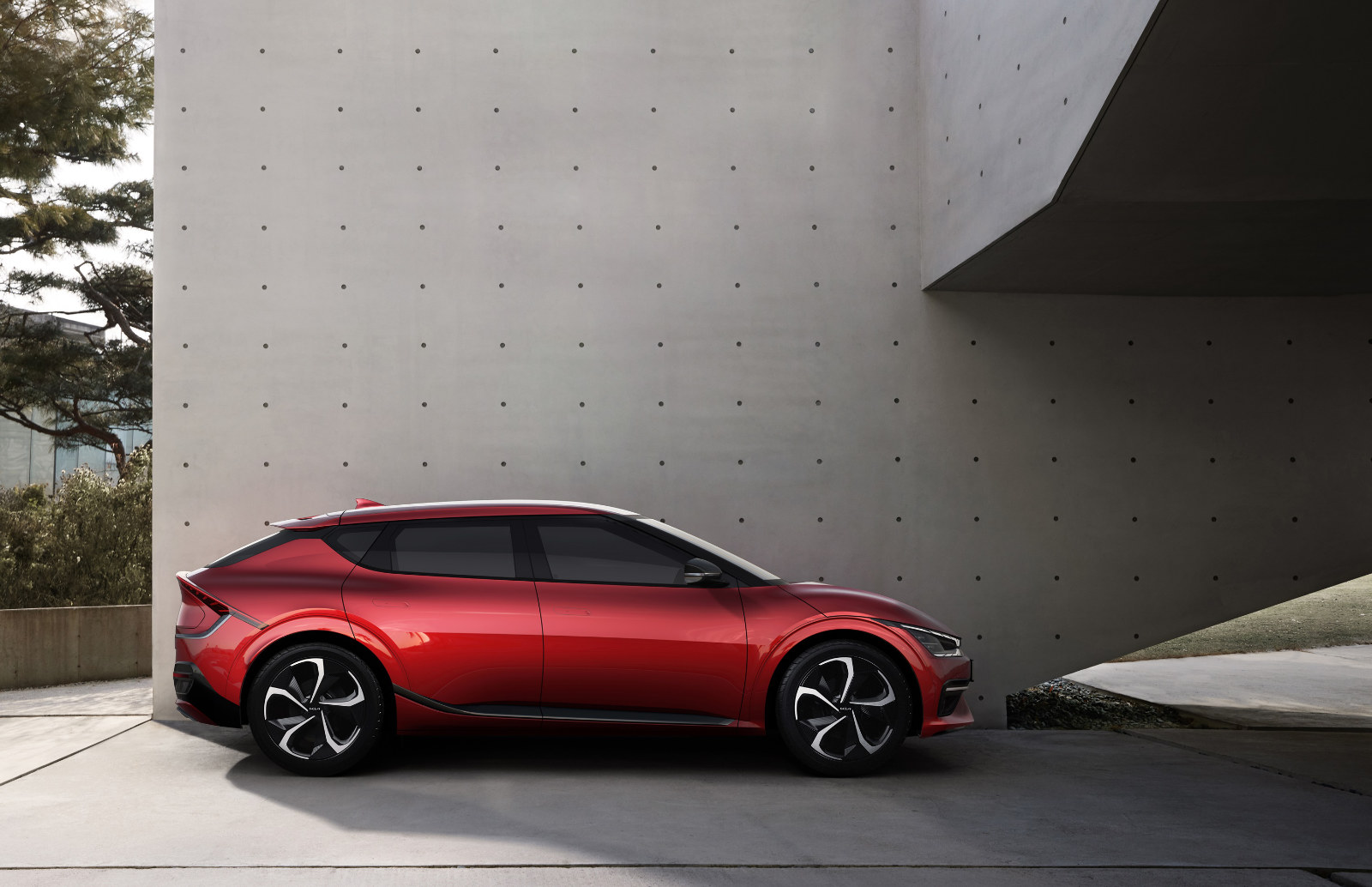
LIVING Jack Yan considers why Lucire has named the Kia EV6 its latest Car to Be Seen in winner
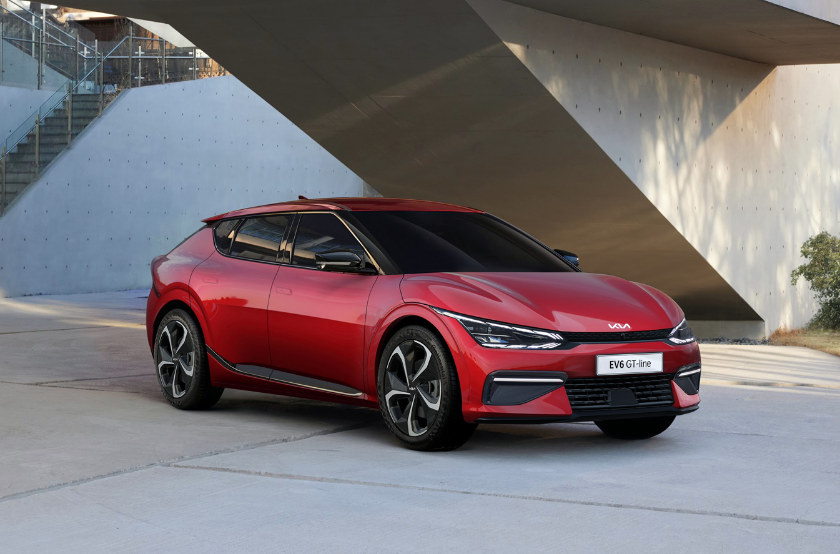
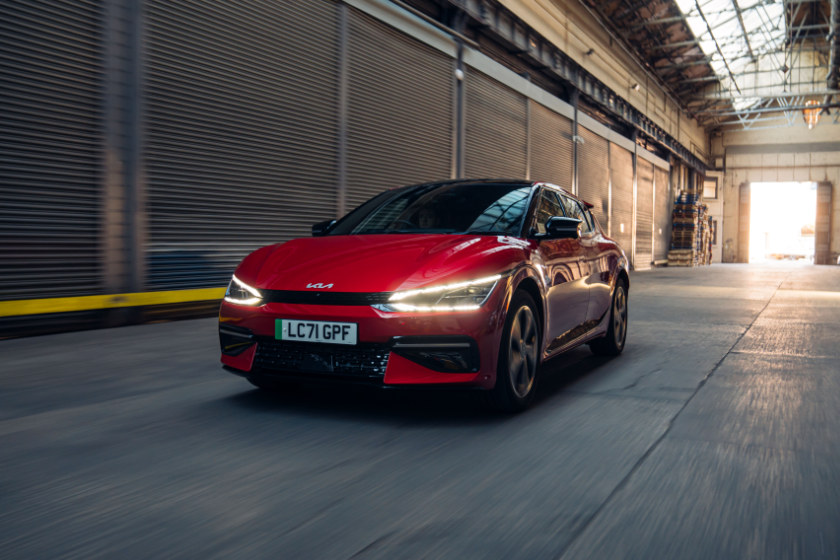
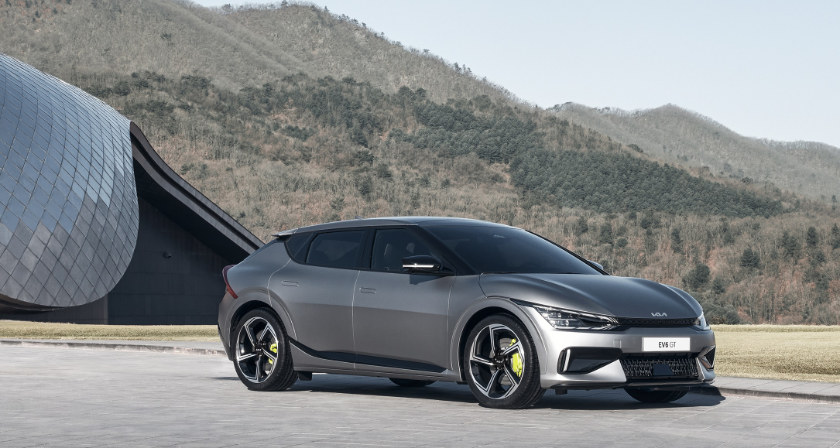
You see carmakers go through phases where they seem to do no wrong. Fiat introduced a winner every time in the mid-1990s when it came to design, but for years struggled with variant after variant on dated Punto bits; Ford was on a roll for years with some inspired handlers, before retreating segment after segment, especially in places like Brazil where it was once so strong. Volkswagen was one of the most copied car makers during a time it revelled in Bauhaus curves with the Passat V, Audi TT and New Beetle. And right now, Hyundai and Kia are in the zone, daring to create shapes like the Ioniq 5 (a sizeable electric car that looked deceptively compact in photos) and its E-GMP platform twin, the EV6.
The Ioniq 5, impressive as it is technically, with 800 V fast charging and up to a claimed 488 km range, has an angular shape with clean details, shouting how high-tech it is like a modern cellphone or laptop. There’s no denying it has presence, and the design is entirely in line with what Hyundai claims about its dedicated, created-from-the-ground-up EV. But you do get a feeling that the two-box wedge shape harks back to earlier times; commentators have likened it to the Volkswagen Golf I, and even the British Leyland 18-22 series of 1975, built for a mere half-year before being renamed the Princess. In a world of inefficient shapes (where 46 per cent of European buyers have opted for SUVs and crossovers, where evidently rising petrol prices are a secondary concern), is the two-box EV the best form the Ioniq 5 could have had? Is it, as we are wont to ask in this magazine, in line with the Zeitgeist?
In some ways, it is: we wrote about the heavy shapes and massive C-pillars not long ago, how the appearance of weight gave security in uncertain times that harked back to the early 1970s. And what was the antithesis of that? Giugiaro’s application of the folded-paper look with his Volkswagen Golf I. It marked happier, more efficient times ahead.
But Giugiaro worked to a package that Volkswagen engineers presented to him, clothing them. EVs have fewer such limitations. It means you can push the envelope more, as Jaguar did with the I-Pace, for example. For this reason, you don’t see the Ford Mustang Mach-E celebrated on this page: its proportions are predictable, the Mustang detailing looking like an afterthought on a vehicle that, judging by its internal development code (CX727), could have been a Focus electric crossover.
No, if you are to stick with shapes that connect to the internal combustion engine era, there are sexier proponents, such as Xpeng’s P7. And in the C-segment, the Renault Mégane E-Tech looks more cohesive a design, as though design boss Laurens van den Acker and his team intended it to look that way from the start. It’s also meant to be familiar to those who might otherwise have bought a regular hatchback.
The Ioniq 5, then, holds back perhaps too much. No such concerns, then, with the Kia EV6.
When you realize this is on the same platform, you marvel at just how well thought out it is. Unlike the days of Kias sharing doors with Hyundais but donning new front and rear ends, or when an electric Kia meant a Soul EV, this is sexy and lithe. It débuts Kia’s Opposites United design philosophy, picking up on the interaction between human and nature.
Even though Kia sees the EV6 as occupying the electric crossover space, the styling is distinctively sporty, with a low nose and low air intake (channelling air under the car, where there’s a flat floor), and a short front overhang. True, the Ioniq 5’s overhang is short, too, but Kia has blended the lights, wings and bonnet more cleverly, in our opinion. The windscreen reaches forward into the sculpted bonnet, while the glasshouse elongates and lowers the appearance of the vehicle, while the rear pillar forms a triangular shape that is part of a sporty æsthetic in car design.
While that rear pillar shape (and the effect of a “floating” roof) isn’t novel, the way Kia’s designers have integrated the rear lights into the bumper is. This thin strip, rising from the wheelarch to the rear bustle, is one of the neatest solutions we’ve seen, leaving the rear panel uncluttered but for Kia’s proud, new logotype.
The interior might not be as high-tech as some, but then, Kia’s not selling the EV6 on this aspect. Everything is pointing to this being a driver’s car; geeks can get the Ioniq 5. Even with the low roofline there is plenty of room: 1,078 mm of legroom up front, 990 mm in the rear. The wheelbase is a whopping (for something Kia’s US arm is calling a ‘compact’) 2,900 mm.
And it’s high-tech enough. There dashboard is simple with a minimal number of buttons, and a wide curved screen integrates the driver’s instrument cluster ahead of them, with infotainment and navigation above the centre console.
Kia offers premium seats on more upscale EV6s, which allow the driver and front passenger to recline in comfort—just right if you’re recharging at a public station. For its green credentials, the EV6 has sustainable and recycled materials within.
Despite the crossover label, it has a low centre of gravity and the handling has been tuned in Europe, and you have the choice of rear- or all-wheel drive.
It blends many genres so well, offering sporty looks, space, practicality, and the electric drivetrain.
It’s nice to see a curvaceous shape amongst all the bluff-ended, energy-inefficient SUVs, and while the EV6 might not start a design revolution, it’s a far more appealing direction than yet another big box. There’s a specialness to it, and that is always a criterion when we announce our Cars to Be Seen in.
But, most of all, the EV6 has a classlessness to it, a criterion that seems to mark out a number of our winners. In the US, you can pick up the base model for US$33,400 (with federal tax credit factored in), making it a far more appealing proposition than another EV we featured during 2021: the Mercedes-Benz EQS, which has a base price Stateside of over US$102,000. It was tempting to fête the EQS, but accessibility puts our 2021 accolade in the EV6’s corner. •
Jack Yan is founder and publisher of Lucire.
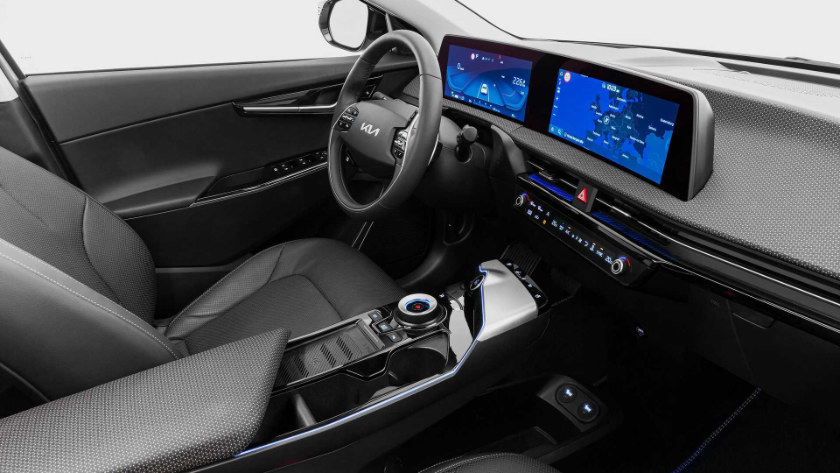
Related articles hand-picked by our editors
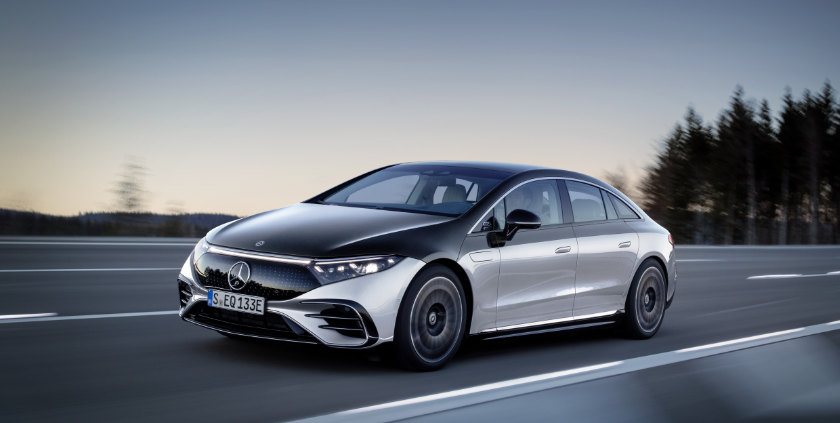
One step further
Avancez d’un pas
This month’s selection of products takes something you think you know, then advances them in unexpected fashion
Les créateurs des produits de ce mois-ci les fait progresser de manière inattendue
From the October 2021 issue of Lucire
KSA
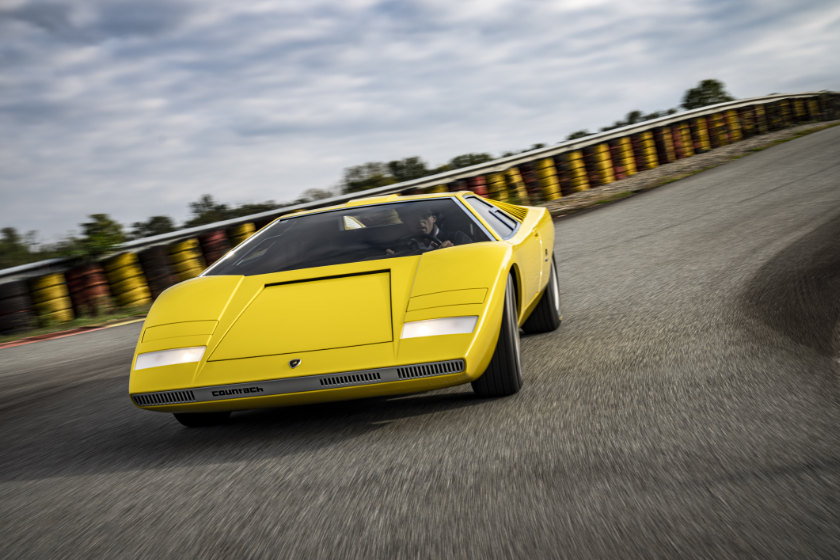
Return of the wedge
A private collector commissioned Lamborghini to re-create its 1971 Countach LP500 show car, the purest expression of the company’s dramatic wedges that underlies even its current DNA. Jack Yan looks at its design history and the cultural impact of the Countach
From issue 44 of Lucire

Small is beautiful
The Honda E is Lucire’s Car to Be Seen in for this year, the first Japanese winner of our annual accolade. Jack Yan explains why